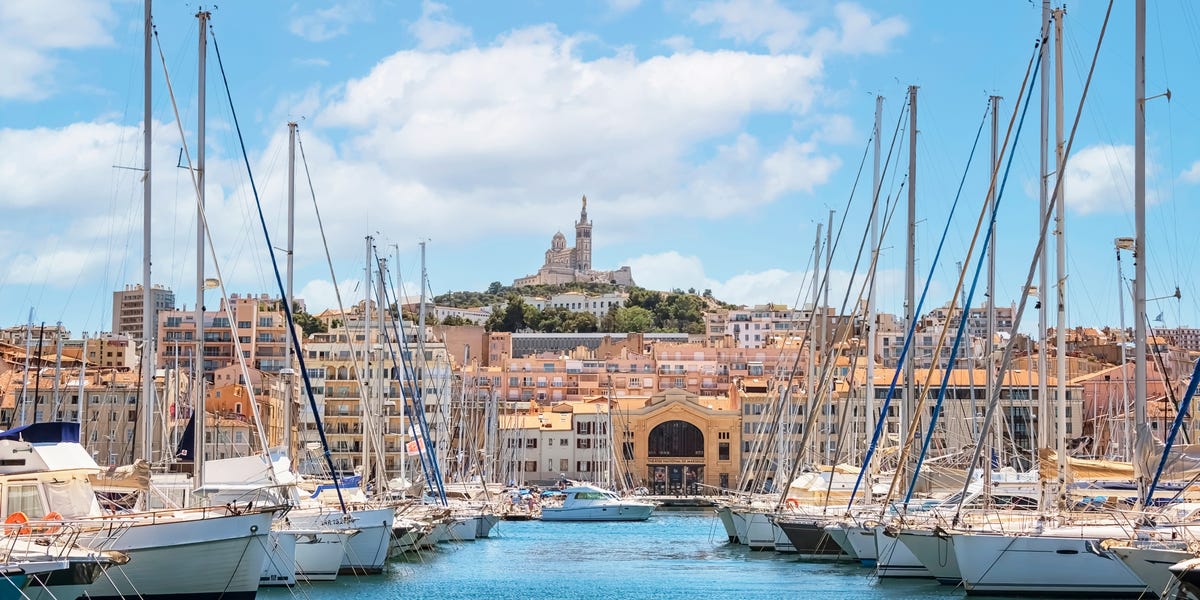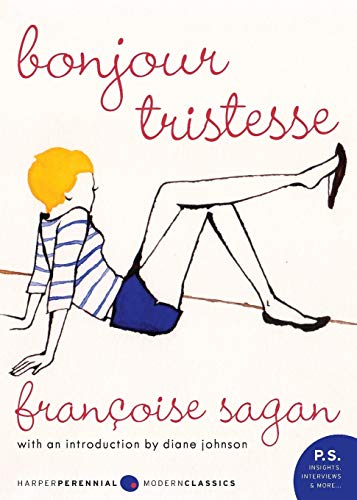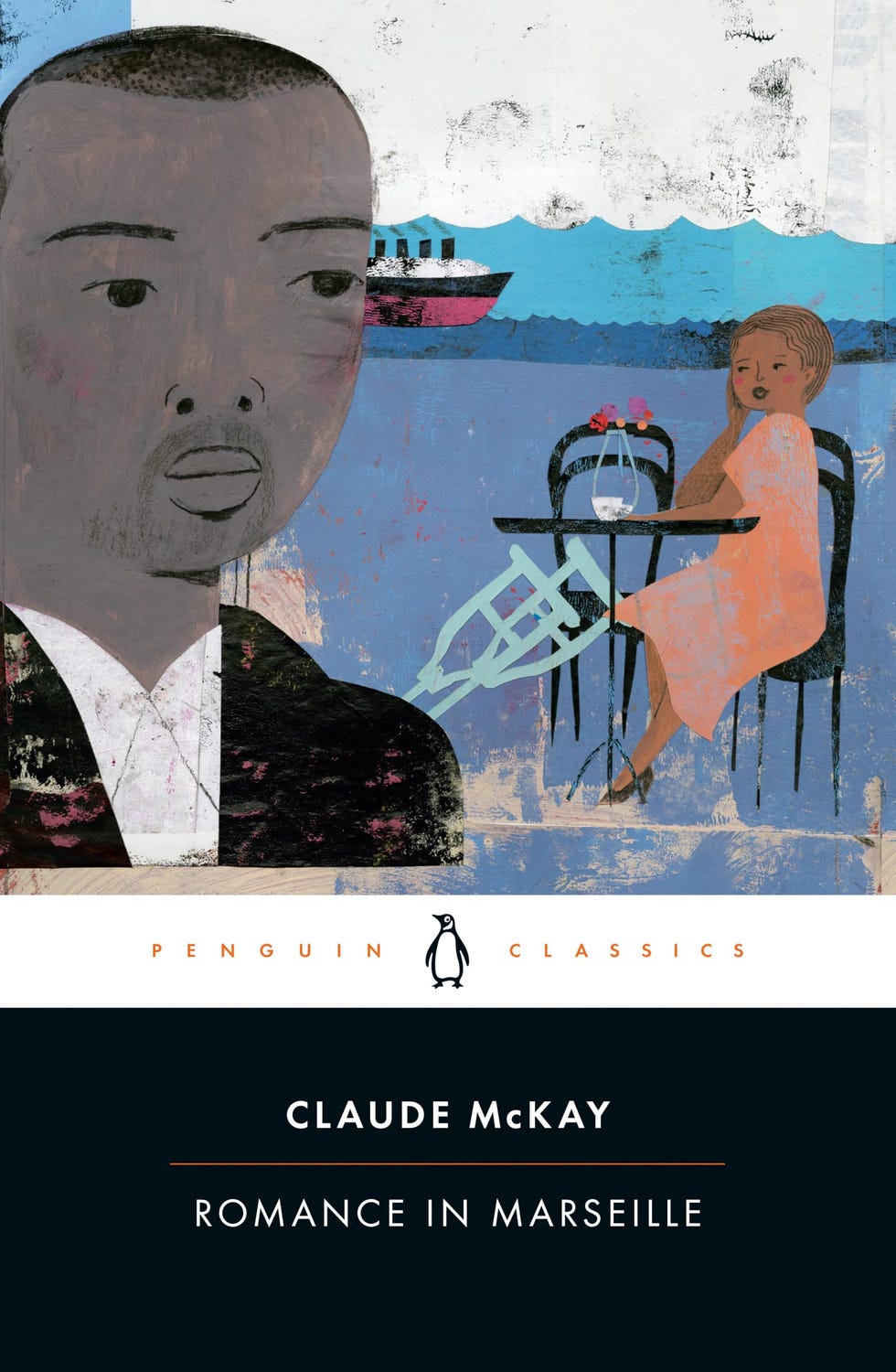For the past three years, after I went for the first time, I have been telling everyone I know to visit Marseille. Here’s my elevator pitch, which usually sells people. It’s a city that combines Brooklyn (young creative types and cocktail bars), Miami (turquoise water and a vibrant immigrant mix), and Paris (attention to detail and great bread). Did I mention it has the weather of L.A. but not the aggressively twee energy of Aix or the hordes of tourists in Saint-Tropez?
“A lot of Parisians moved there during Covid,” my friend Elsa, who grew up in Marseille, tells me. She has lived in New York forever but visits a few times a year, via a deeply pleasant high-speed train ride from Paris. She explains that while it’s the oldest city in France (about 2,600 years), Marseille has gone through a renaissance.
Take Sarah Espeute. The designer of the home goods line Oeuvres Sensibles grew up not far away, in Arles, and went to Paris for school, but ended up moving to Marseille for the quality of life. She made trompe l’oeil pillows and curtains and tablecloths for herself, and by 2021 she had started a brand. Stop by her shop for a set of napkins embroidered with cutlery, or a tablecloth embroidered with wine, bouquets of flowers, and whole fish. Just down the street is the workshop for the line Azur, where Lisa Favreau and Lisa Guedel-Dolle make little plissé frocks that are hand-pleated and sewn in Marseille.
When I ask Espeute which cleaning products she recommends for getting wine stains off of her designs, she sends me to Maison Empereur, a cherished classic that locals rave about and no one outside Marseille seems to know about. It is ostensibly a hardware store, but it’s really a multifloor homegoods fantasia, with whole rooms of copper pots, olive oil soap, and chic, made-in-France workwear. The house brand even has a tote bag specially made for carrying cakes.
 Fred Marvaux/Rea/Redux
Fred Marvaux/Rea/Redux
Le Corbusier built his famed avant-garde apartment complex La Cité Radieuse in Marseille after World War II.
Between the local seafood from the port, the produce from all over the South of France, and the spices of Marseille’s immigrant communities (from Greece, Italy, Algeria, and Vietnam), the food is memorable. For every classic bouillabaisse at Chez Fonfon, there are places like Atelier Renata, a very small semi-speakeasy, or Restaurant Onassis, a seafood spot hidden behind a fishmonger. Get pastis cocktails at Bar des 13 Coins, or just go to Epicerie l’Idéal for tapenade, olives tagliasches, Bordier butter, and bergamot-flavored soda.
It’s France, so of course there are cultural institutions, including a very good Musée d’Art Contemporain, but you should make time as well for emerging spots like La Cité Radieuse, a building designed by Le Corbusier that has a bookstore, restaurant, tea shop, and art gallery. A trip to Marseille also means you get city with a side of nature. Walk along the Mediterranean in the old port or along the limestone cliffs. Pack a picnic and sit by a rocky inlet—and jump in the water when it gets too hot. Go to Tuba Club, a nightspot and hotel opened by a crew of old friends, rent a beach chair, and read Romance in Marseille, a century-old novel by Harlem Renaissance author Claude McKay that was published to great acclaim a few years ago. For the ultimate regional languor, drive to Cassis, about half an hour away, where Durga Chew-Bose’s adaptation of the ultimate South of France novel, Bonjour Tristesse, was filmed.
Now 25% Off
Now 35% Off
You can’t go wrong in Marseille, where the best thing to do is simply hang out. Paris is for the flâneur, the dandy who strolls around, but Marseille rewards the wanderer. For people like me who like to leave a lot of room while traveling for napping, long dinners, and popping spontaneously into stores, there is nowhere better. I loved it so much on my first trip that I booked five days there this summer. I’m staying at an under-the-radar art gallery that rents a studio apartment upstairs, but it’s not worth sharing the name, because I got the last vacancy. Go while the city is still a little underestimated. It won’t last much longer.
Tips
Here’s how to meander like une indigène.
1) Get a seat on the terrasse at Placette for the best people-watching.
2) The best outdoor dining is at Ile Degaby, which is open May to October and accessible only via a brief boat ride.
3) Shop the pedestrian street Rue Francis Davso, starting with the concept store Azul.
4) A daytrip to Château La Coste—a vineyard with art installations and restaurants on-site—is worth a visit.
This story appears in the Summer 2025 issue of Town & Country. SUBSCRIBE NOW

Marisa Meltzer is a writer in New York who has contributed to The New York Times, the Washington Post, Elle, and many other publications.


